June 17, 2025 | 14:01 GMT +7
June 17, 2025 | 14:01 GMT +7
Hotline: 0913.378.918
June 17, 2025 | 14:01 GMT +7
Hotline: 0913.378.918

"Monkey Island" with an area of 4 hectares is located in the middle of Ngan Truoi Lake (belonging to Vu Quang National Park, Vu Quang district, Ha Tinh). This island is used as a location to release monkeys back into the natural environment, and at the same time serves to check and monitor the adaptation process of monkeys in the new environment. Photo: Le Minh.
Vu Quang National Park is known as one of the most important biodiversity centers in Vietnam with many endangered, precious and rare species prioritized for conservation, located in an ecological region of global concern, and also plays an extremely important role in biodiversity conservation and environmental security for the Central Truong Son region and the entire ASEAN region.
In addition to preserving biodiversity, many areas in Vu Quang National Park are also places to release many rare animal species back into the natural environment, including "monkey island".
Over the past year, Vu Quang National Park coordinated with Animals Asia to release 25 monkeys onto the island. To date, there are still 12 monkeys living on this island, and 13 other monkeys have gone to other locations in the park.
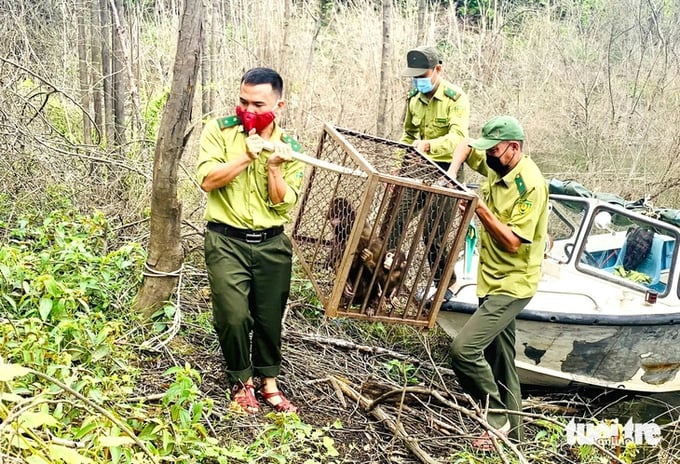
Moving monkeys to "monkey island" to prepare for release into the wild. Photo: Le Minh.
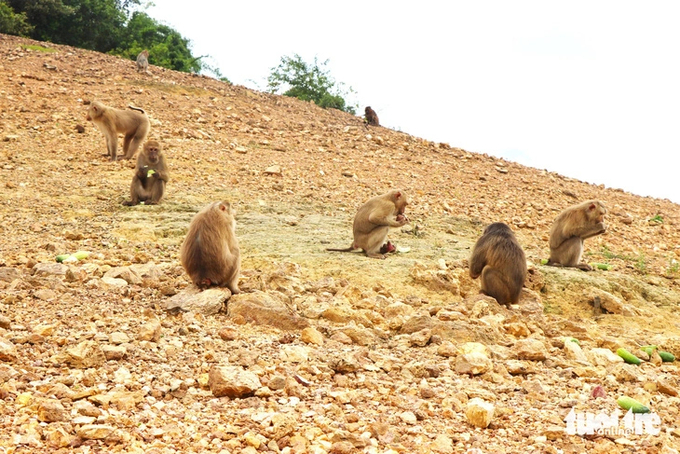
Monkeys released on the island include many species such as pig-tailed monkeys, moldy monkeys, and red-faced monkeys. Photo: Le Minh.

After a short time on the island, they lived in herds and adapted to the new environment quite well. Photo: Le Minh.
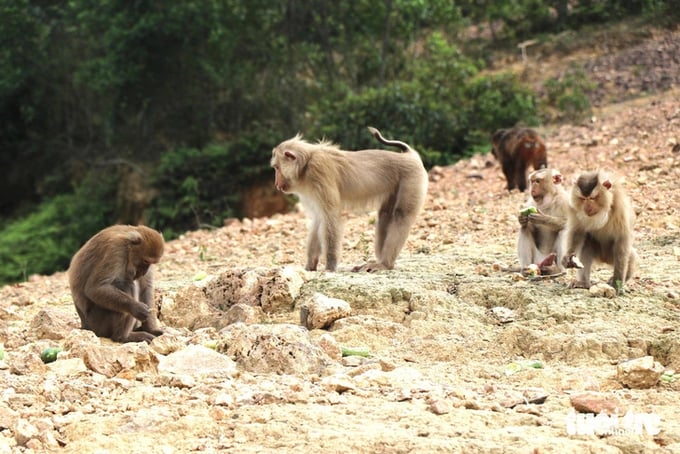
This group of monkeys was received by Vu Quang National Park from the Forest Ranger Department of Kim Mon district (Hai Duong province). After a period of monitoring and care, it was found to be suitable for survival so it was released into the natural environment. At the beginning of the reintroduction, garden staff regularly came to observe and monitor the activities of the monkeys. Photo: Le Minh.
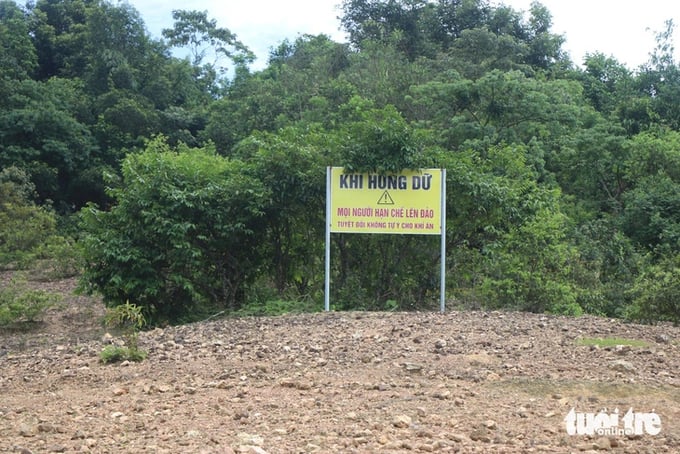
Mr. Nguyen Viet Hung - Head of Science and International Cooperation Department (Vu Quang National Park) - said that during the survey process, it was found that "monkey island" has enough vegetation to provide food for the monkeys, so he decided to choose it as a location to release monkeys into the environment. In the photo: Warning sign in the area where monkeys are reintroduced. Photo: Le Minh.

The monkeys were released back onto the island in 2 batches, with 25 monkeys belonging to group IIB. After observation and monitoring, there are currently 12 monkeys left on the island including 2 red-faced monkeys, 1 moldy monkey, 6 pig-tailed monkeys and 3 yellow monkeys. Photo: Le Minh.
Translated by Bao Ngoc
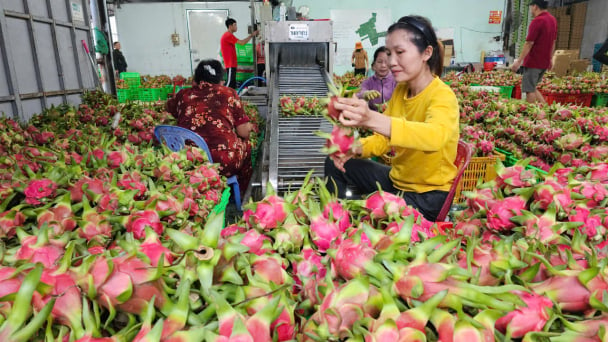
(VAN) According to the Binh Thuan Department of Industry and Trade, in the first five months of 2025, Binh Thuan's dragon fruit export turnover increased by 20.65% compared to the same period last year.
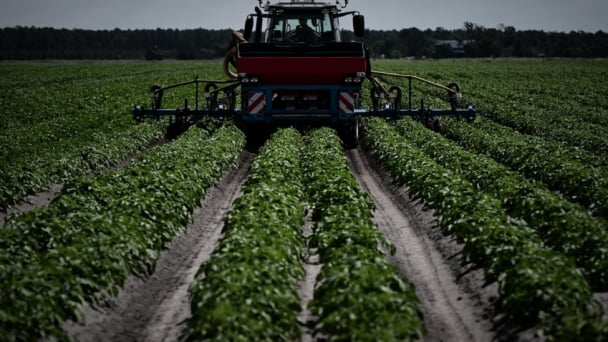
(VAN) EU countries on Thursday gave final approval to new tariffs on fertilizer imports from Russia, a move aimed at cutting off revenue that could support Moscow’s war in Ukraine, despite concerns from European farmers.
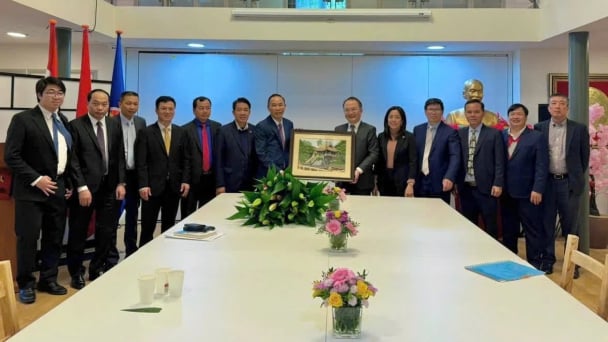
(VAN) The working delegation from the Ministry of Agriculture and Environment conducted an important trip to the Netherlands to strengthen strategic partnerships and sustainable development in the agricultural sector.
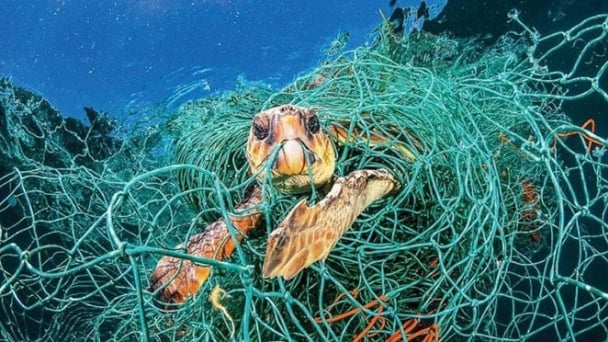
(VAN) The letter ‘A Plea from the Ocean’ not only evokes emotion but also awakens the human conscience to the responsibility of protecting life on Earth.
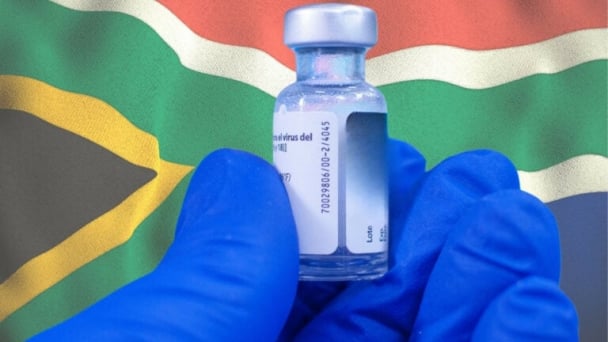
(VAN) The Department of Agriculture in South Africa has announced the country’s first mass vaccination of poultry to prevent local birds from contracting avian influenza.

(VAN) Establishment of the Mekong Delta Regional Agricultural Linkage Center, aiming for a closed value chain, deep processing, trading platforms, and international market connectivity.

(VAN) Gia Lai province has recently recorded 460 rare species of animals and plants, contributing to forest conservation and biodiversity planning in the region.